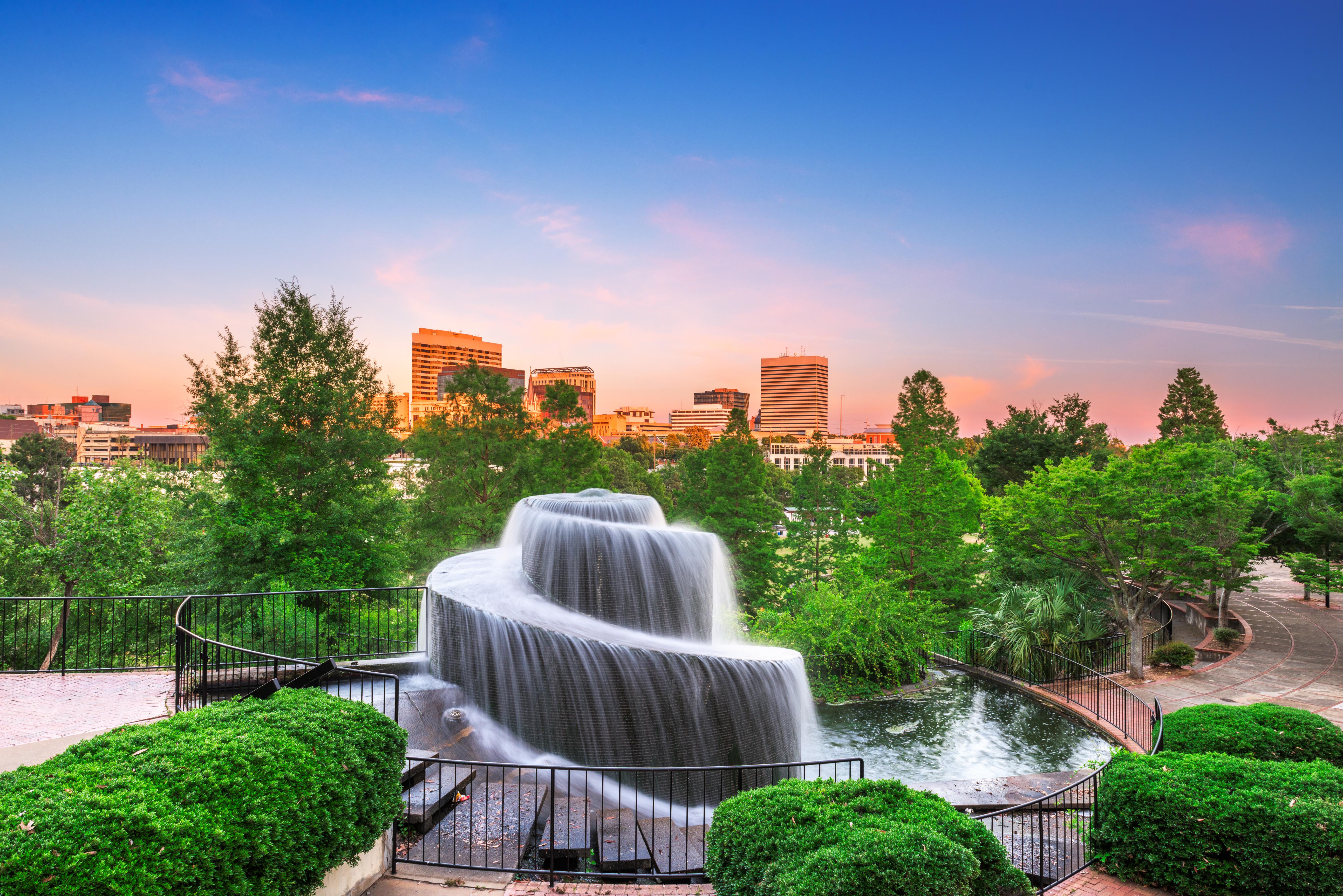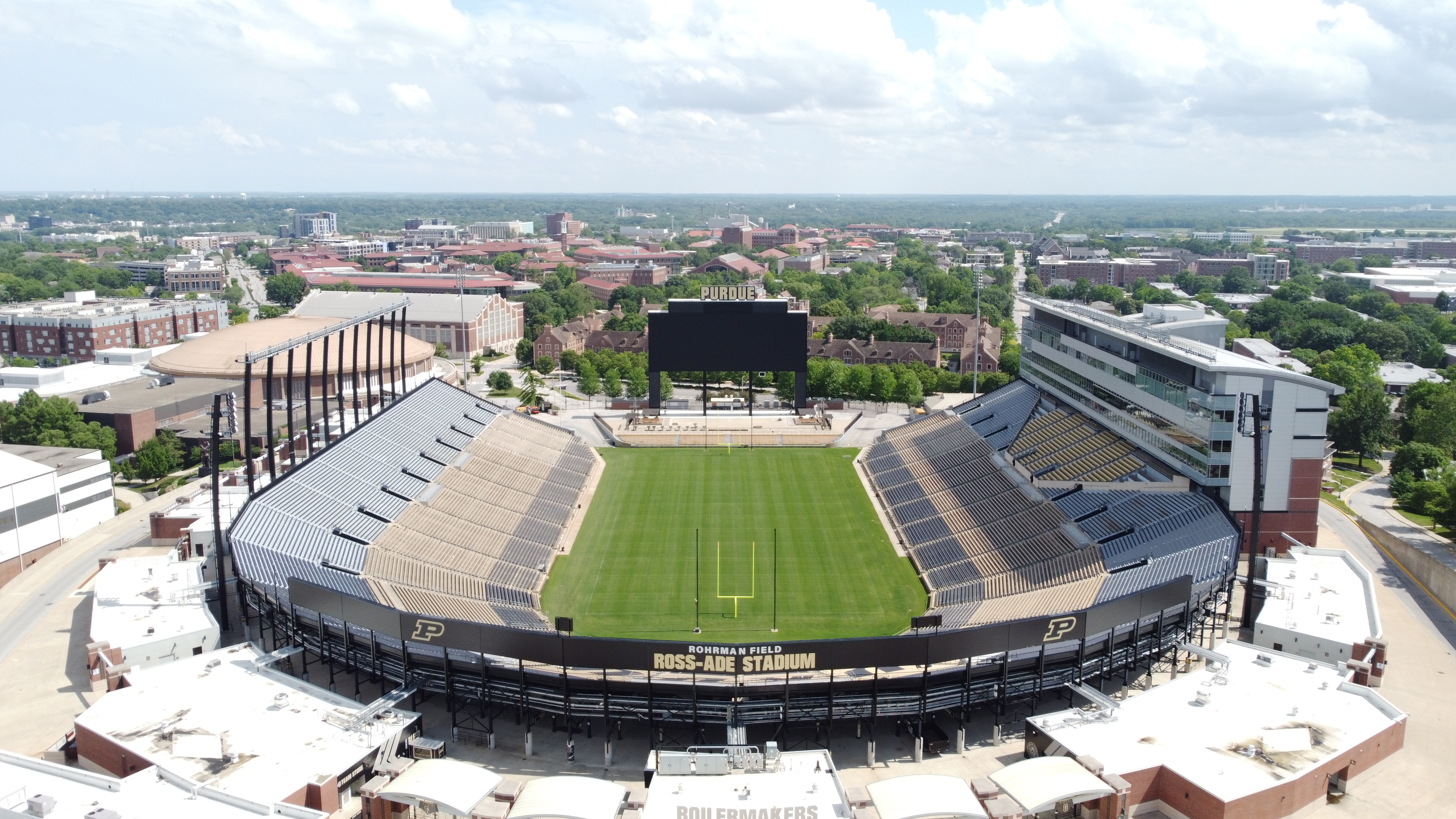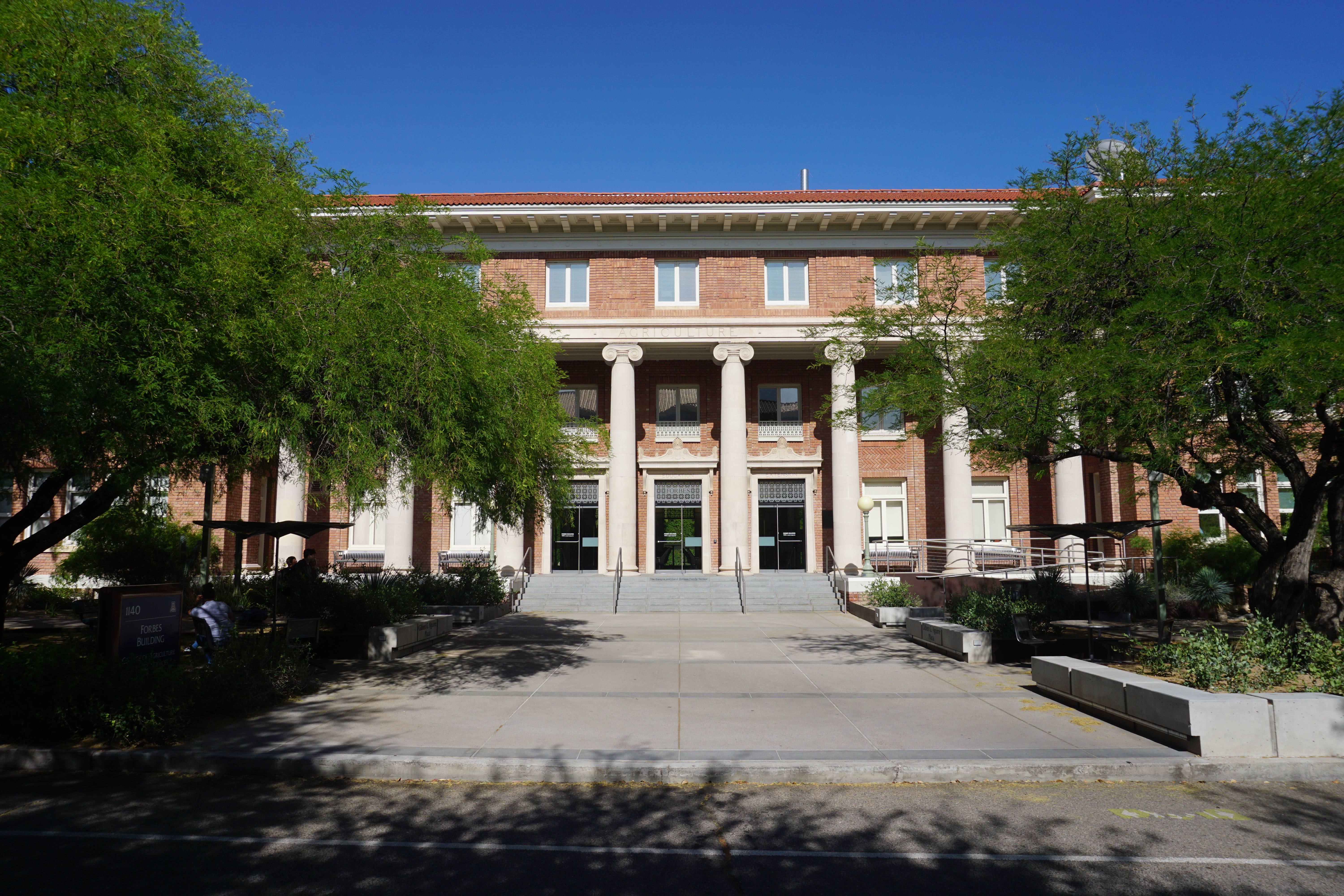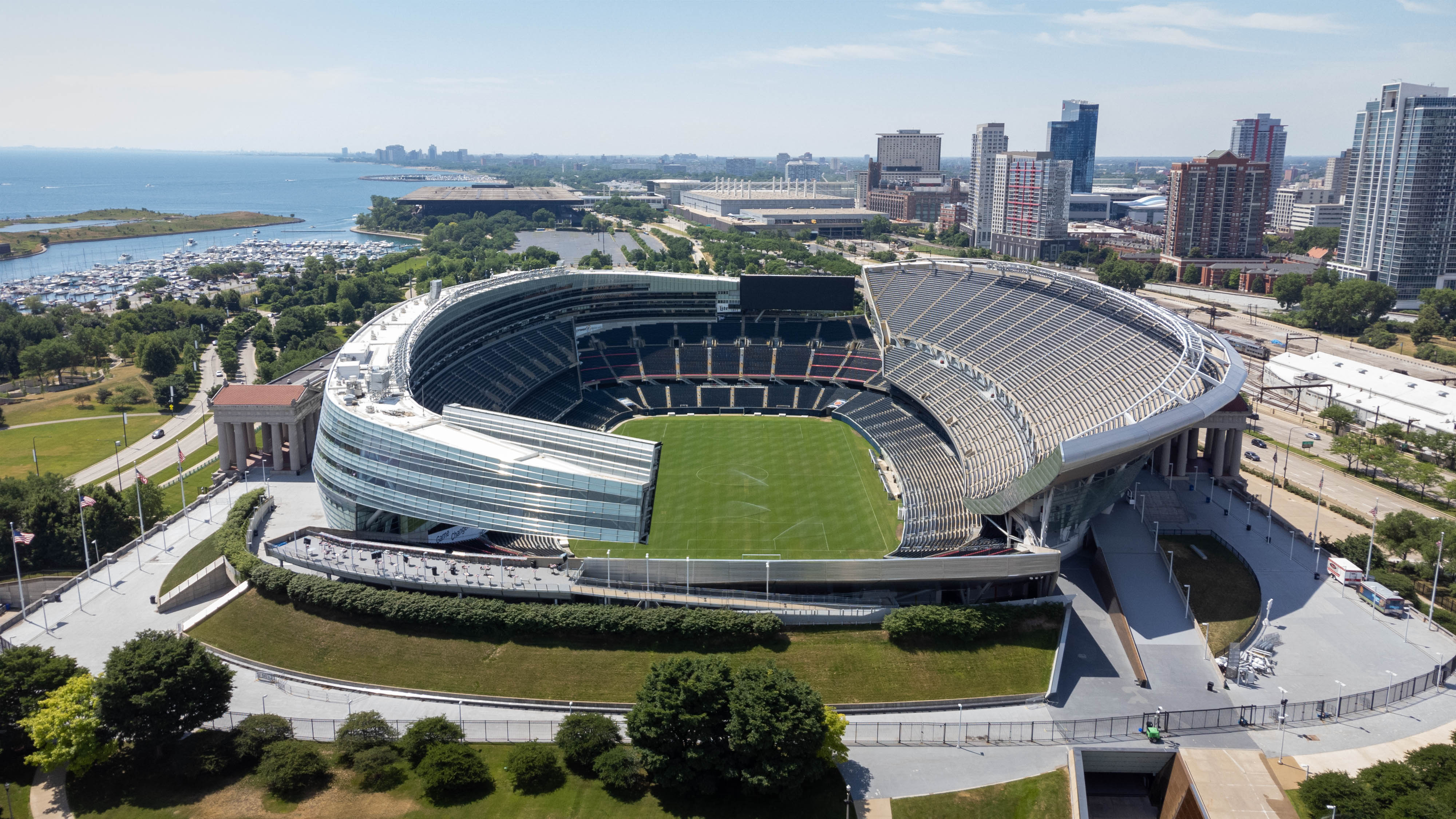The 18 Most Unique College Stadiums Designed Like No Other
In the realm of collegiate athletics, stadiums are more than just venues; they are architectural marvels that embody the spirit and traditions of their institutions. These unique structures often defy conventional design to inspire not only the athletes who compete within their walls but also the fans who gather to witness the spectacle. This article embarks on a journey to explore 18 such wonders—college stadiums that stand out for their innovative architecture, rich histories, and the vibrant cultures they foster. Let's explore each distinct aspect of these stadiums, creating a comprehensive tapestry of sporting excellence and architectural ingenuity.
1. The Coliseum Effect: Legacy of the Los Angeles Memorial Coliseum
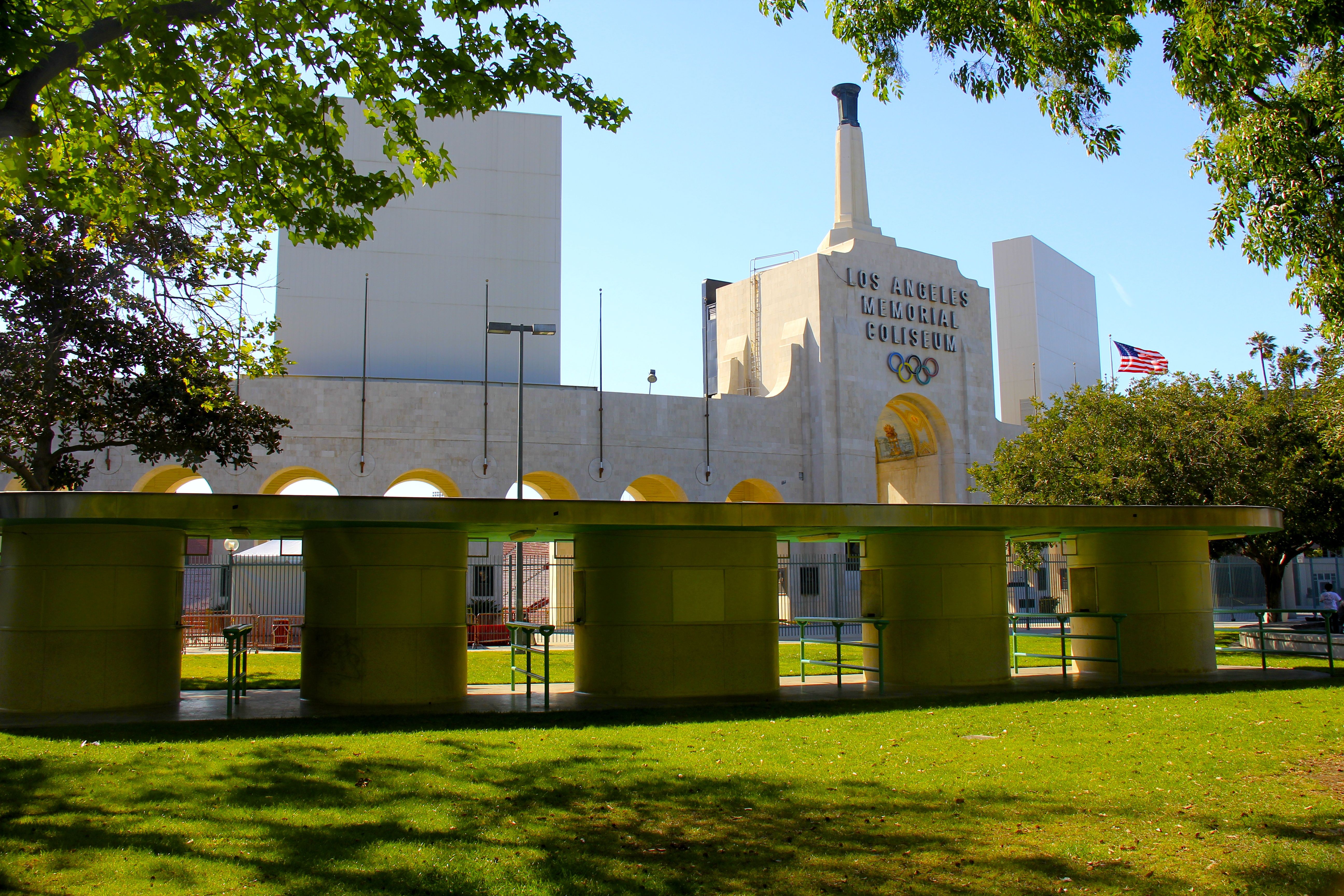
The Los Angeles Memorial Coliseum is a testament to the grandeur of college sports. Known for its historical significance, it has hosted two Olympic Games and countless college football classics. The Coliseum's iconic peristyle end and massive seating capacity make it a monumental presence in the sports world. It serves as a reminder of the deep roots of college athletics and the role of such venues in shaping sports history. Ultimately, its design and legacy continues to inspire modern stadiums.
2. The Rose Bowl: Tradition Meets Modernity
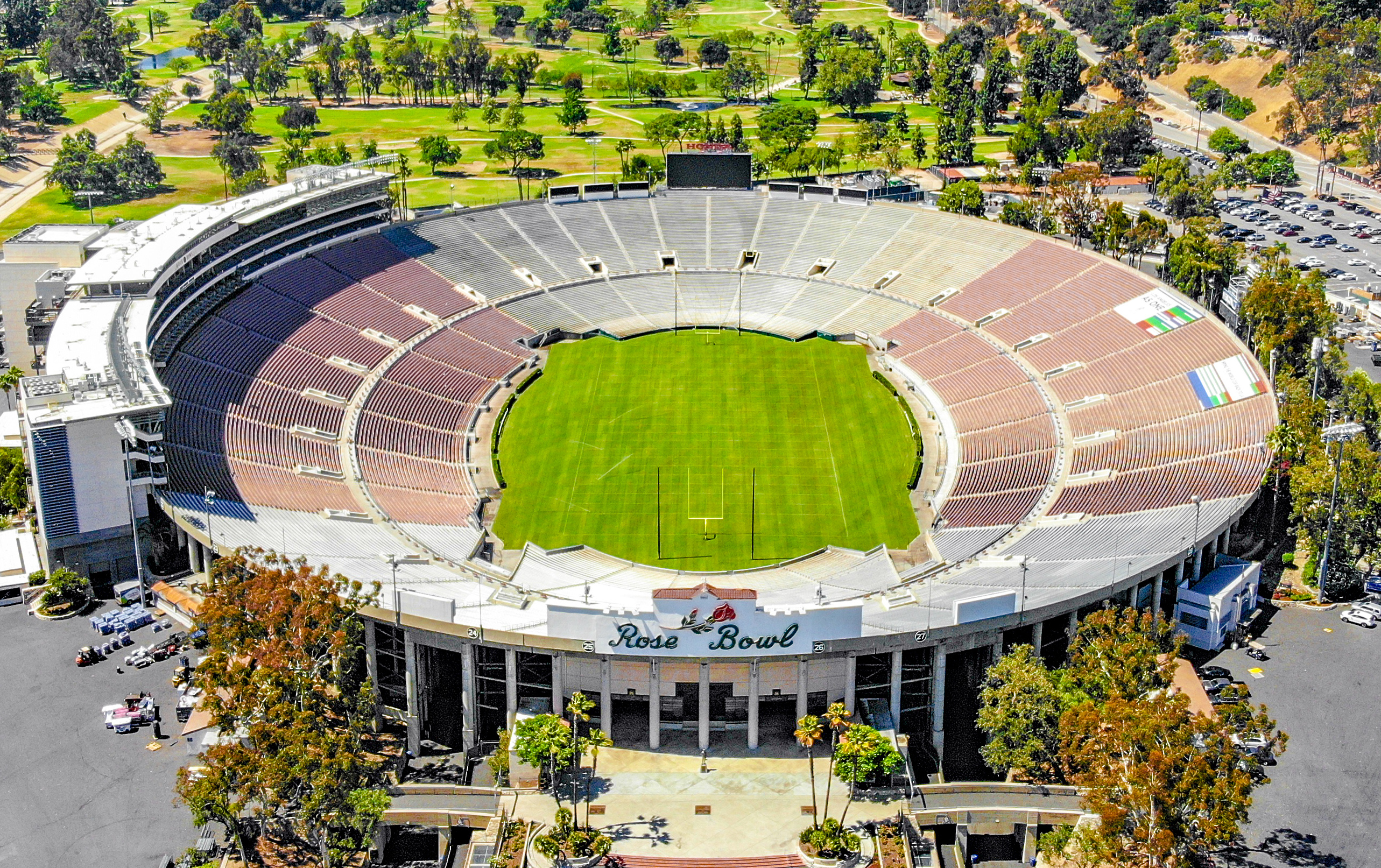
The Rose Bowl in Pasadena, California, is synonymous with college football tradition. Its annual New Year's Day game is a staple in American sports culture. Yet, beyond its traditional façade, the Rose Bowl has embraced modernity through renovations that have enhanced fan experience while preserving its historic charm. The stadium balances its rich history with contemporary needs, making it a model for other collegiate venues.
3. Innovation at Autzen Stadium: The Loudest Roar in College Football
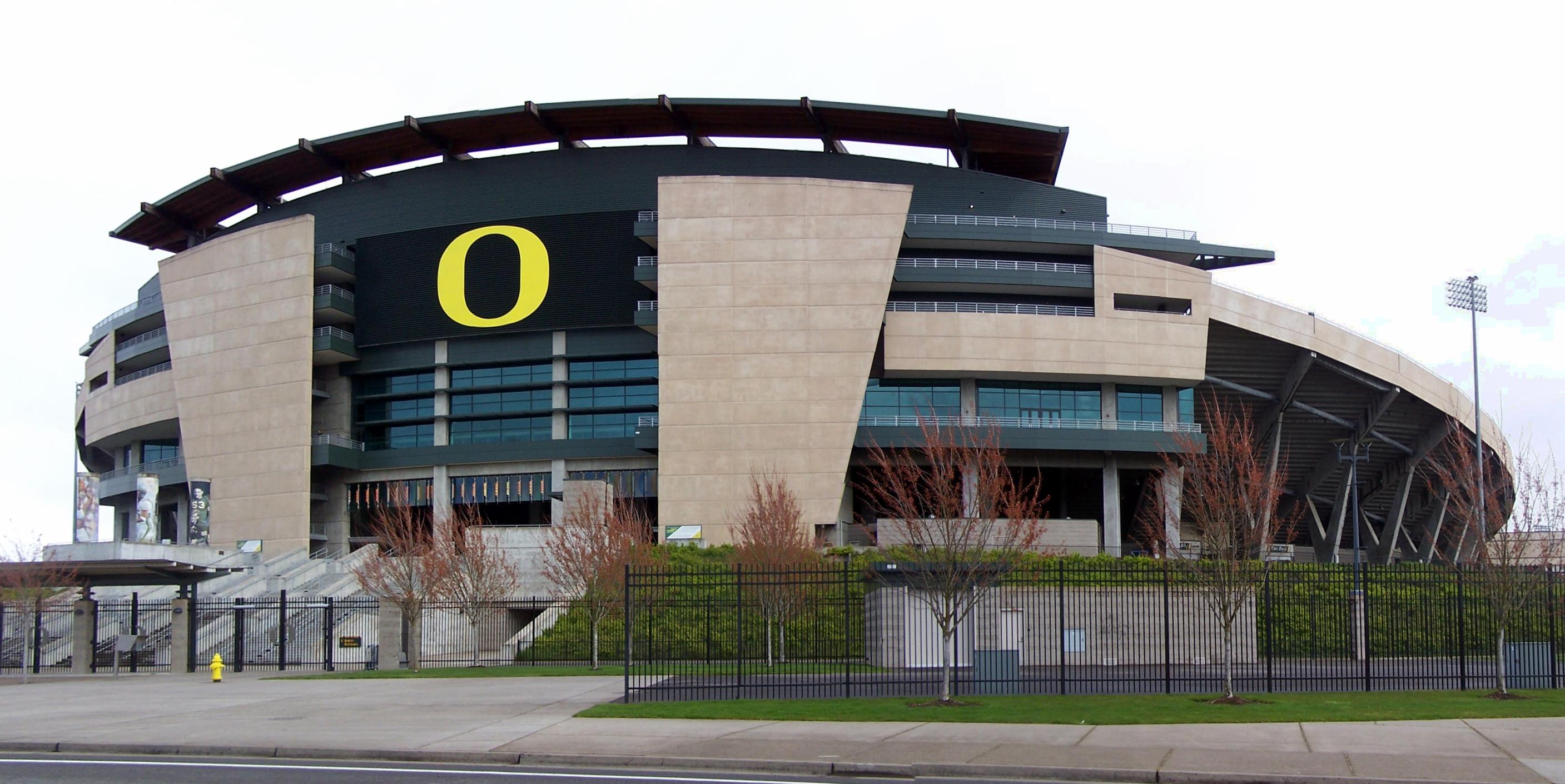
Autzen Stadium, home to the Oregon Ducks, is renowned for its deafening noise levels, attributed to its unique design that amplifies sound. Many architectural innovations contribute to its reputation as one of the loudest stadiums in college football. From its steep stands to the strategic use of materials, Autzen Stadium exemplifies how design can influence the atmosphere and intimidate opponents.
4. The Frozen Fortress: Ralph Engelstad Arena
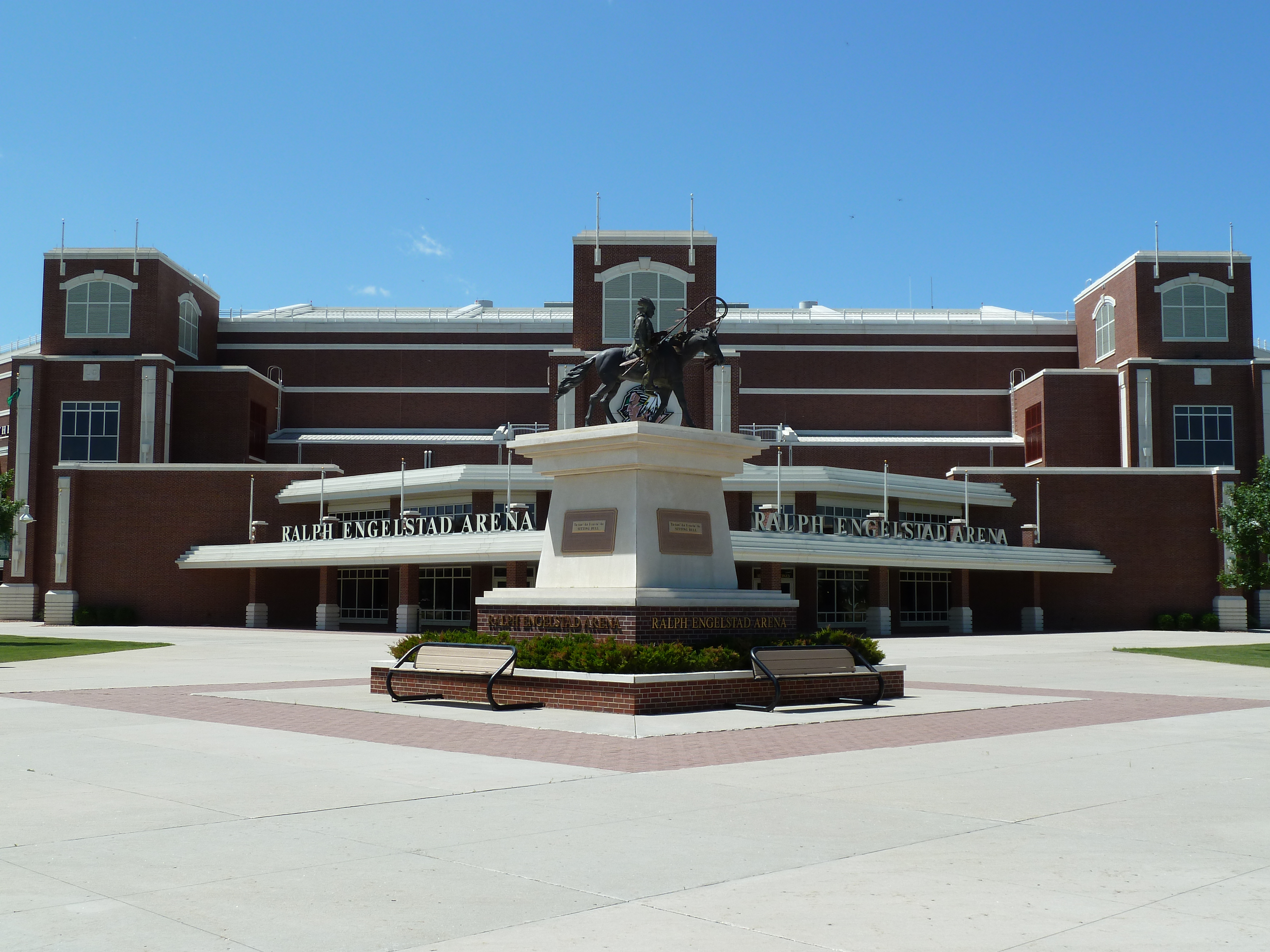
Located in Grand Forks, North Dakota, the Ralph Engelstad Arena is a marvel of engineering and design. Known as the "Taj Mahal of hockey," this arena boasts luxurious amenities and state-of-the-art facilities. The arena's opulence and attention to detail creates an unparalleled experience for both players and fans, setting a new standard for college hockey venues.
5. A Beacon of Sustainability: Husky Stadium

Husky Stadium in Seattle is not only famous for its breathtaking views of Lake Washington but also for its commitment to sustainability. The use of recycled materials and energy-efficient systems demonstrates the stadium's green initiatives. By prioritizing environmental responsibility, Husky Stadium serves as an inspiration for other college stadiums aiming to reduce their ecological footprint.
6. The Cathedral of College Basketball: Cameron Indoor Stadium
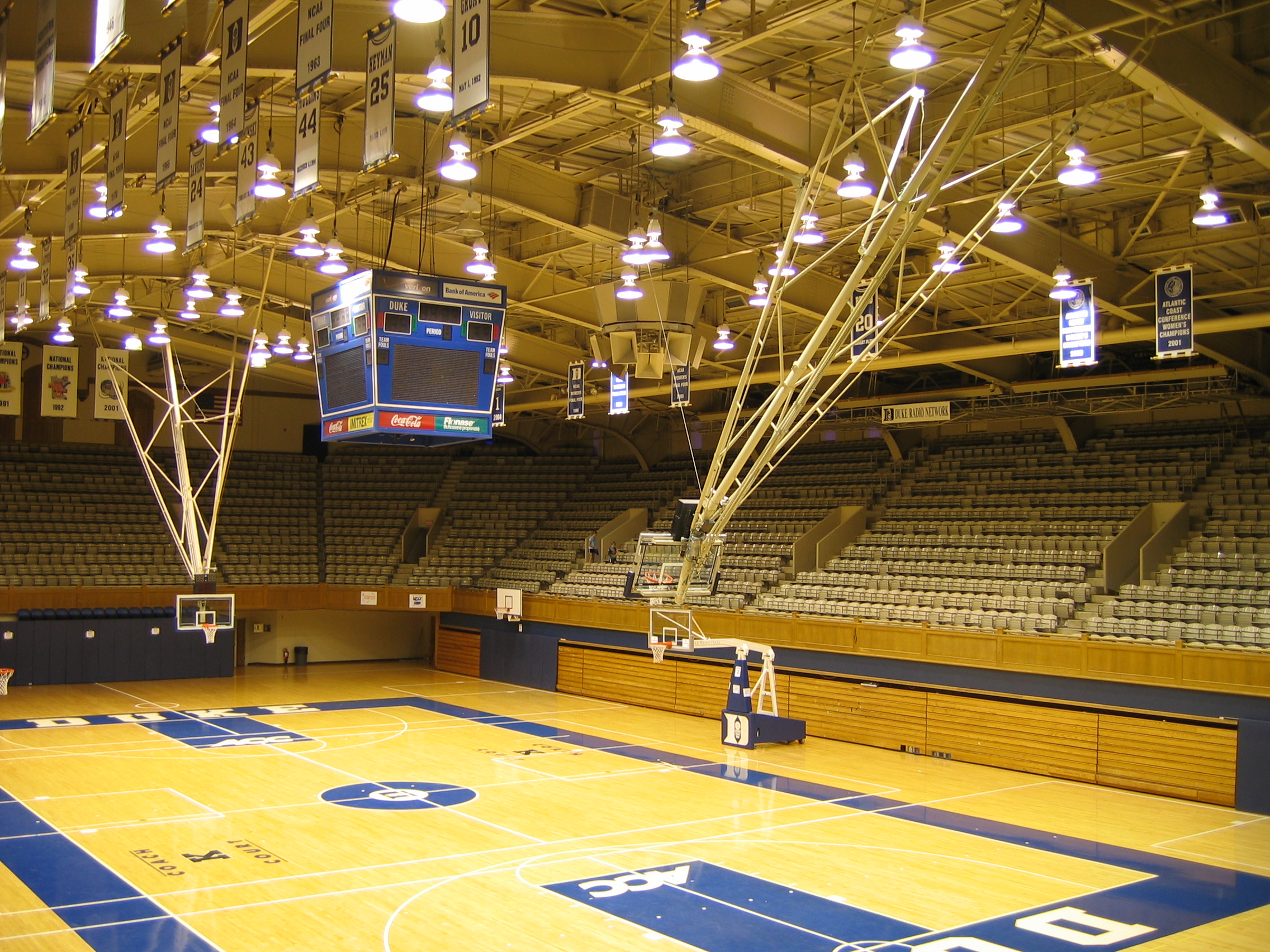
Cameron Indoor Stadium at Duke University is revered as a sacred space for college basketball. Its intimate setting and passionate fanbase create an electric atmosphere unmatched in the sport. Cameron Indoor's design fosters a close connection between players and fans, enhancing the overall experience and contributing to its legendary status.
7. The High Altitude Challenge: Folsom Field
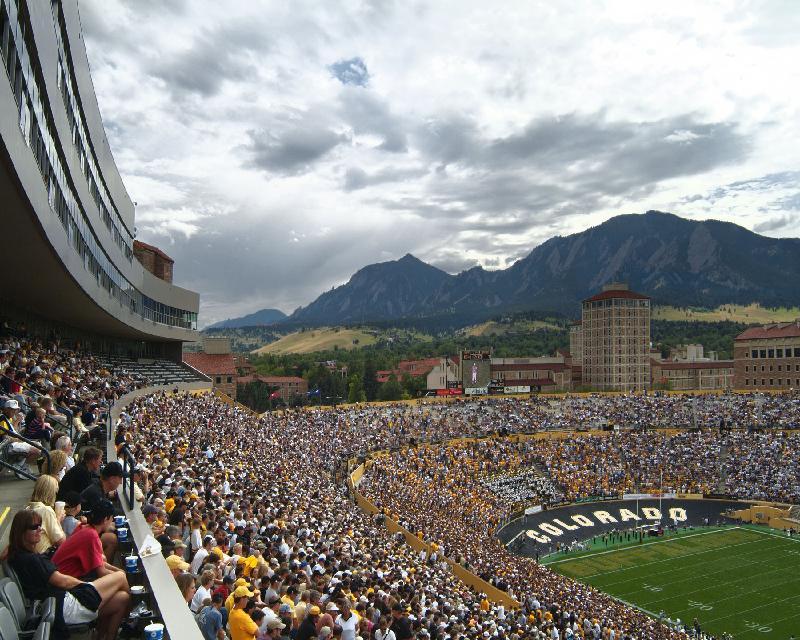
Perched at an elevation of 5,430 feet, Folsom Field in Boulder, Colorado, presents a unique challenge for visiting teams. The stadium's high altitude impacts athletic performance and adds an extra layer of complexity to games. Additionally, it will discuss the breathtaking views and natural beauty that make Folsom Field a cherished venue in college sports.
8. The Swamp: Ben Hill Griffin Stadium's Unique Atmosphere
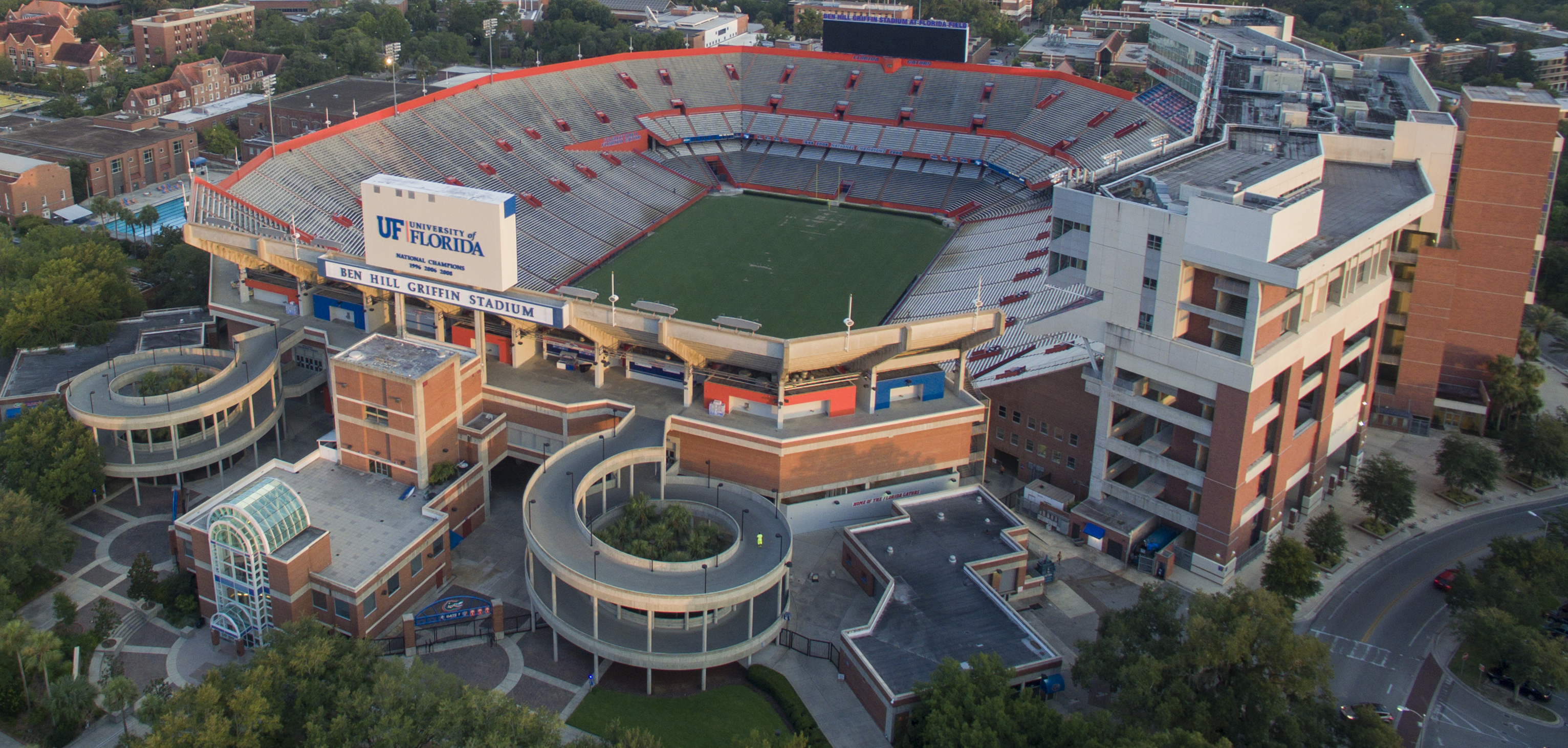
Nicknamed "The Swamp," Ben Hill Griffin Stadium at the University of Florida is known for its intimidating environment. Many factors contribute to its reputation, including the stadium's design, the fervent fanbase, and the oppressive Florida heat. The Swamp exemplifies how a stadium's atmosphere can become a formidable opponent in its own right.
9. The Horseshoe: Ohio Stadium's Architectural Brilliance
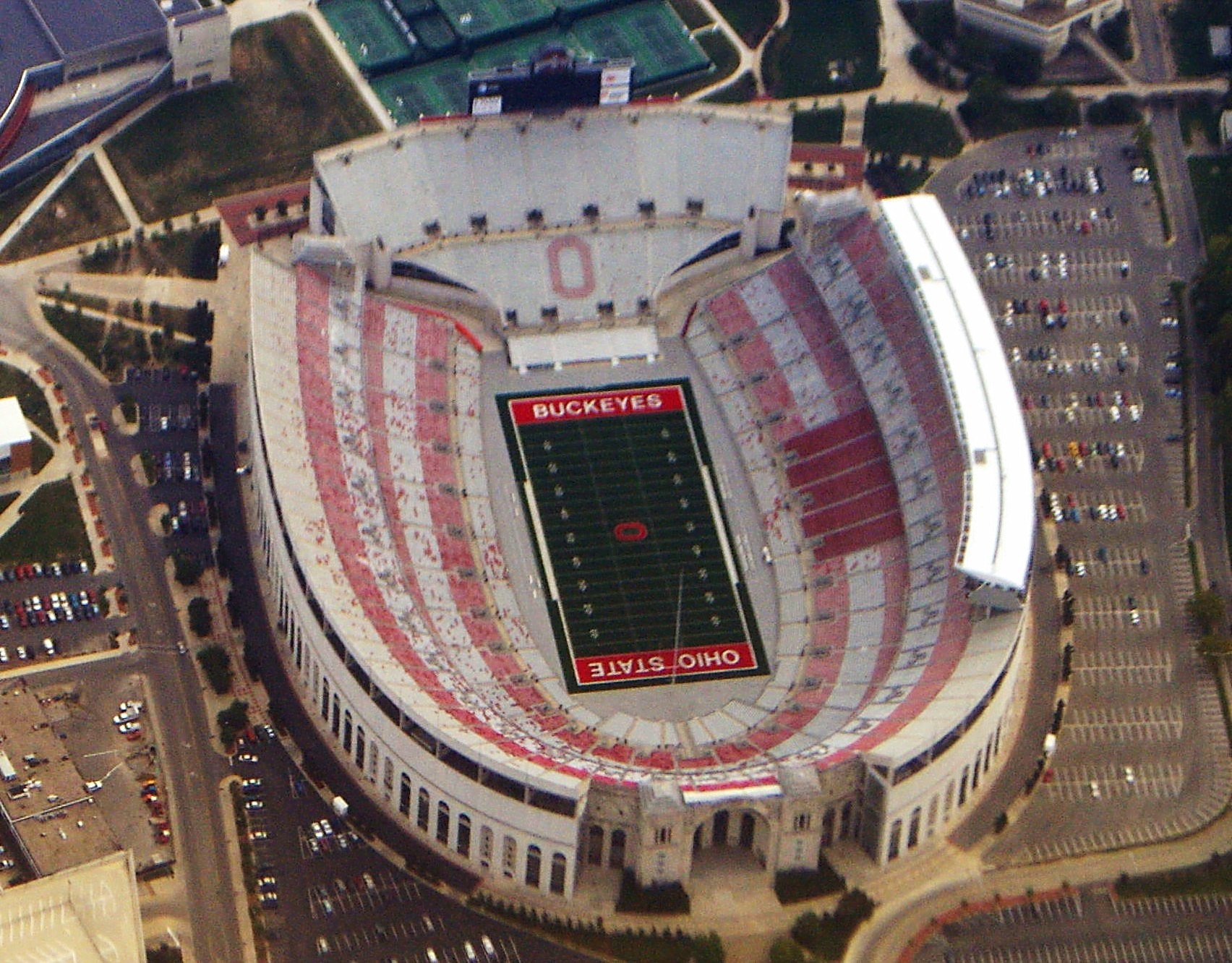
Ohio Stadium, affectionately known as "The Horseshoe," is an architectural masterpiece. The stadium has many distinct design elements, such as its open end and unique shape, which contribute to its iconic status. The Horseshoe's blend of tradition and innovation serves as a blueprint for other college stadiums seeking to create a lasting legacy.
10. The Magic of Memorial Stadium: Home of the Cornhuskers
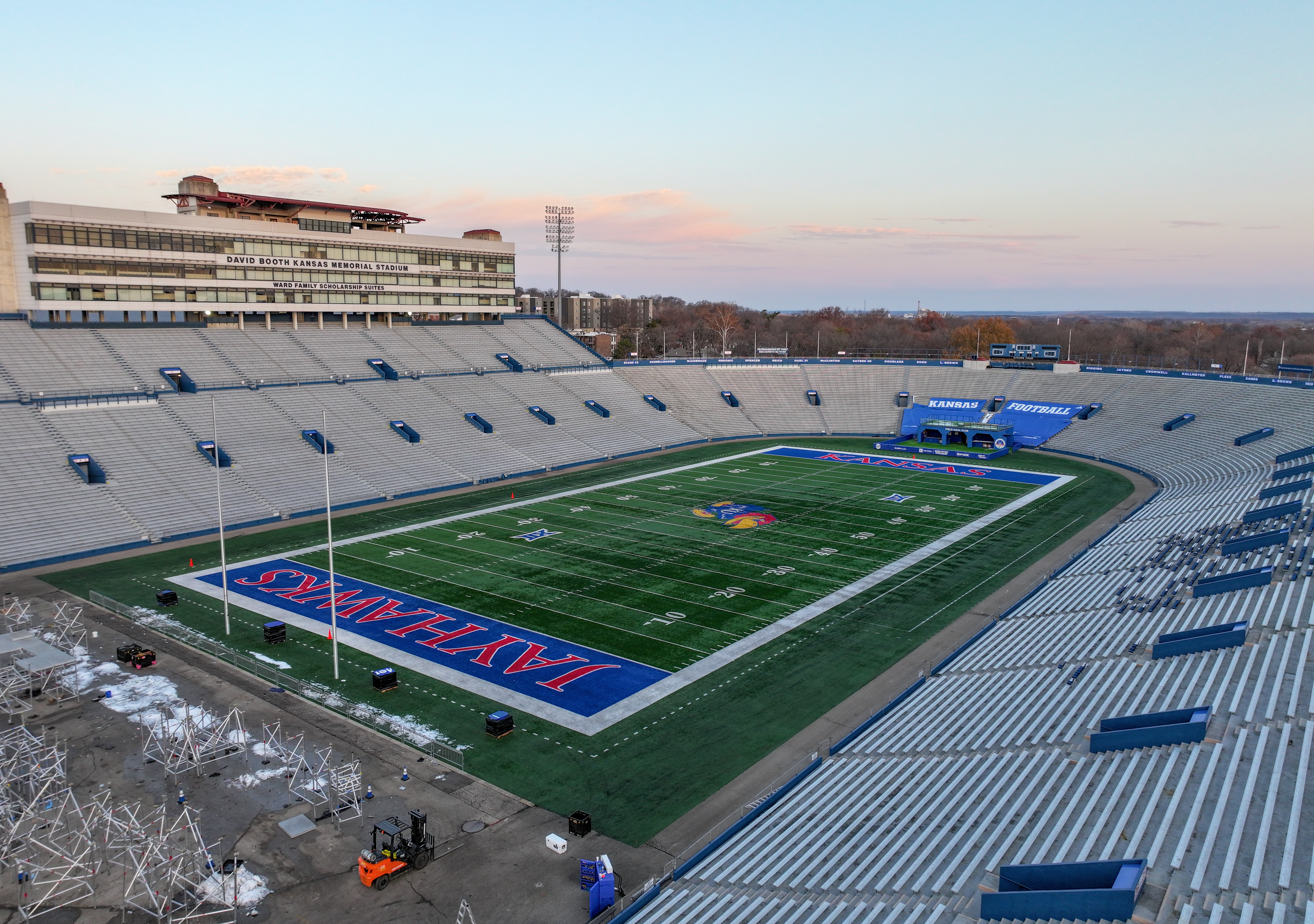
Memorial Stadium in Lincoln, Nebraska, is a shrine to college football. Known for its sellout streak and passionate fanbase, the stadium fosters a sense of community and pride among Cornhusker fans. It's design and traditions make it a powerful symbol of Nebraska's football culture.
11. The Fortress on the Plains: Bill Snyder Family Stadium

Bill Snyder Family Stadium at Kansas State University is a testament to resilience and perseverance. The stadium's development parallels the rise of the K-State football program. From its humble beginnings to its current status as a formidable venue, the stadium embodies the spirit of determination and success.
12. The Jungle: Tiger Stadium's Nighttime Mystique
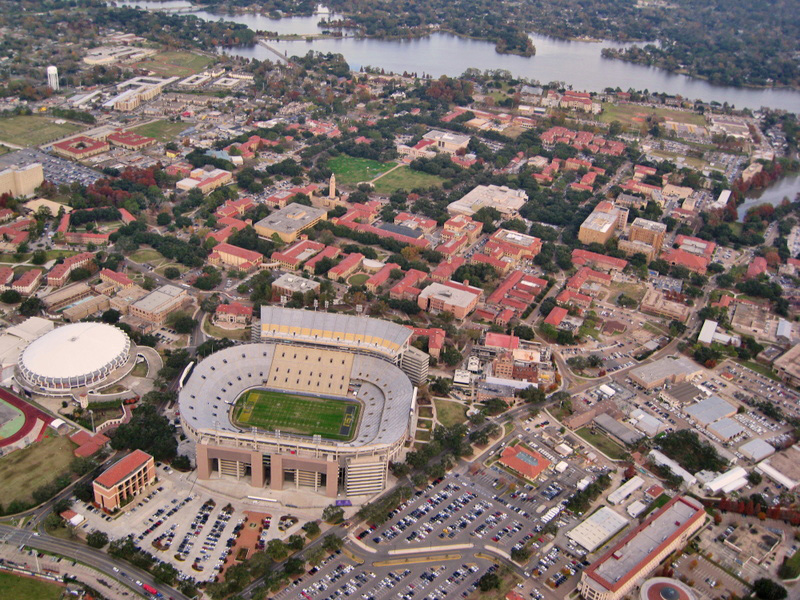
Tiger Stadium at Louisiana State University is legendary for its nighttime games, where the atmosphere becomes electric. Many factors that contribute to the stadium's mystique, including its design, fan traditions, and the unique energy of a night game in Baton Rouge. Tiger Stadium exemplifies how a stadium can become a living, breathing entity during game day.
13. The Grand Ol' Lady: Harvard Stadium's Historical Significance
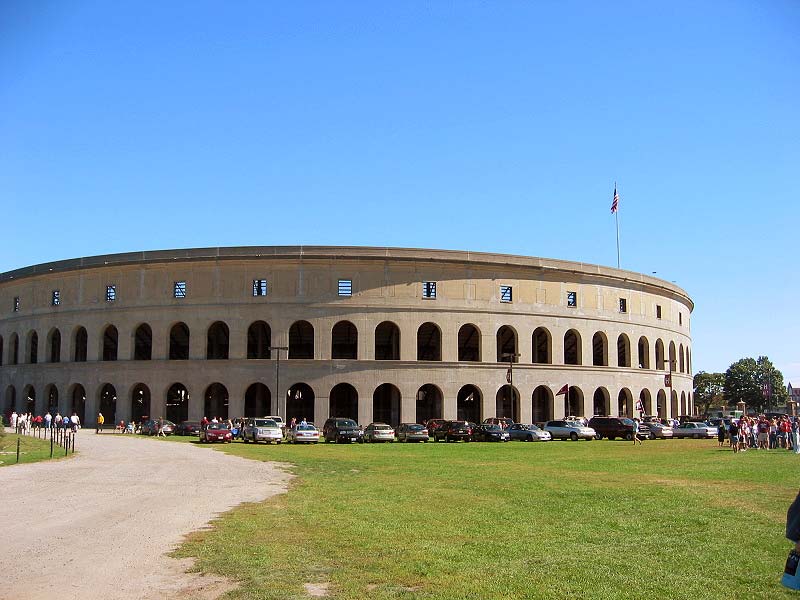
Harvard Stadium is a historical gem in the world of college sports. As the nation's first large-scale reinforced concrete stadium, it has been a pioneer in stadium design. The stadium has many architectural innovations that are still shaping the future of sports venues today. Harvard Stadium's legacy is a testament to the enduring impact of thoughtful design.
14. The Wave: Kinnick Stadium's Heartfelt Tradition
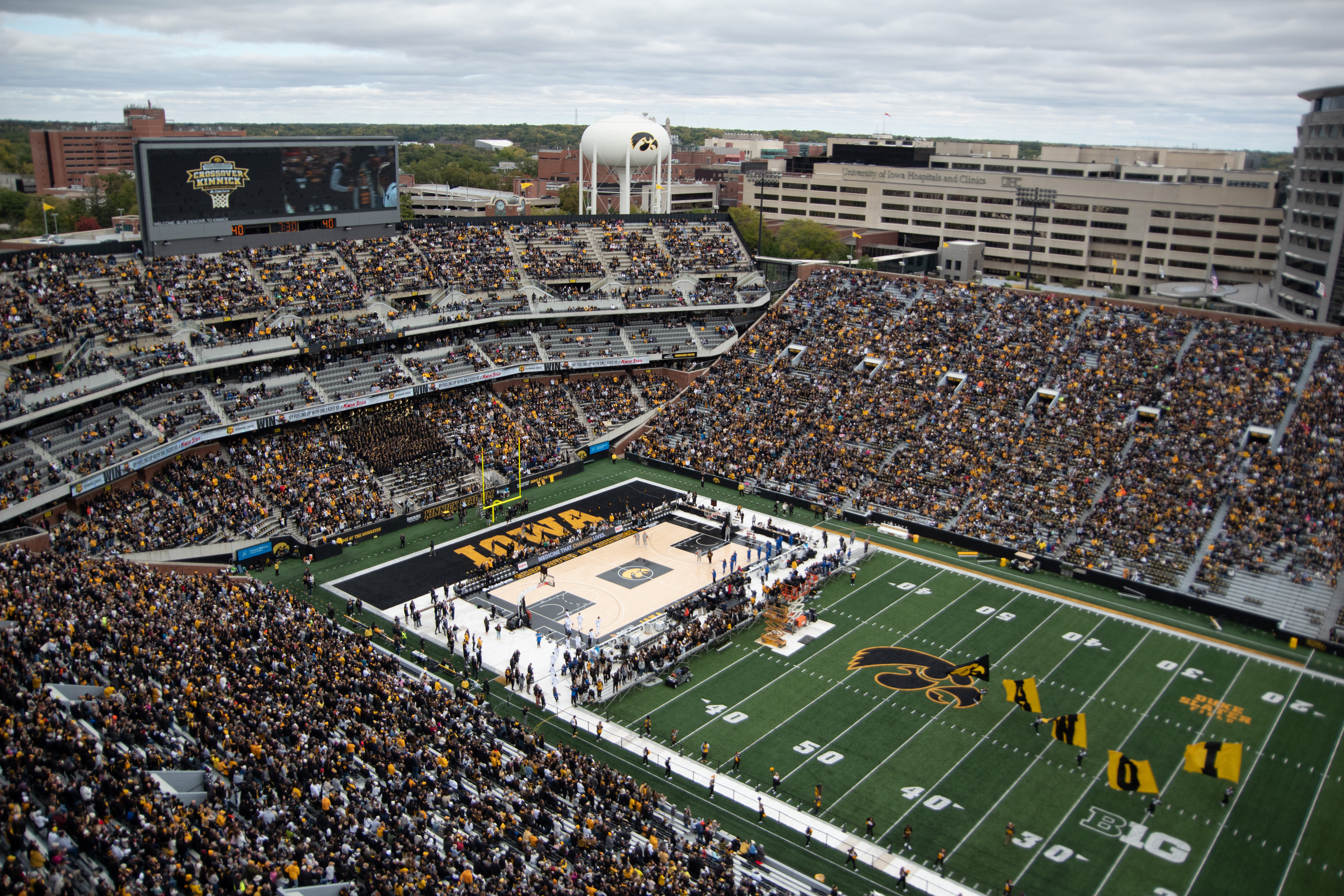
Kinnick Stadium at the University of Iowa is home to one of the most heartfelt traditions in college sports: The Wave. This simple gesture, where fans wave to patients at the nearby children's hospital, has become a powerful symbol of community and compassion. Kinnick Stadium demonstrates how a stadium can transcend sports to touch lives in meaningful ways.
15. The Rock: Neyland Stadium's Storied Past
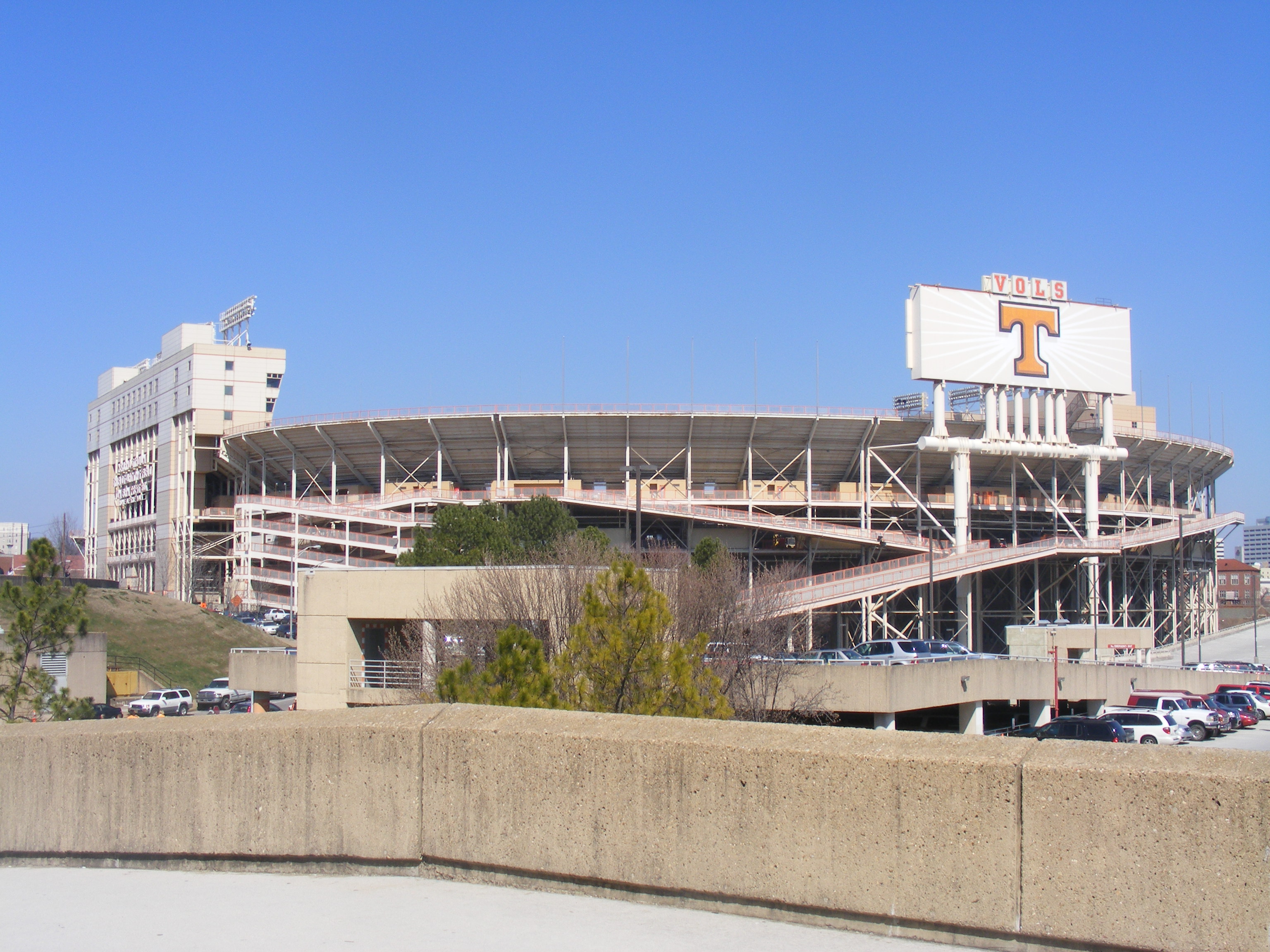
Neyland Stadium at the University of Tennessee is steeped in tradition and history. Since its inaugural football game in 1921, the stadium has evolved into a vibrant hub for university students and athletes, fostering a sense of community and school spirit. From its early days to its evolution into a modern powerhouse, Neyland Stadium's rich heritage and passionate fanbase make it a cornerstone of college football culture.
16. The Fortress of Solitude: Michie Stadium's Scenic Splendor
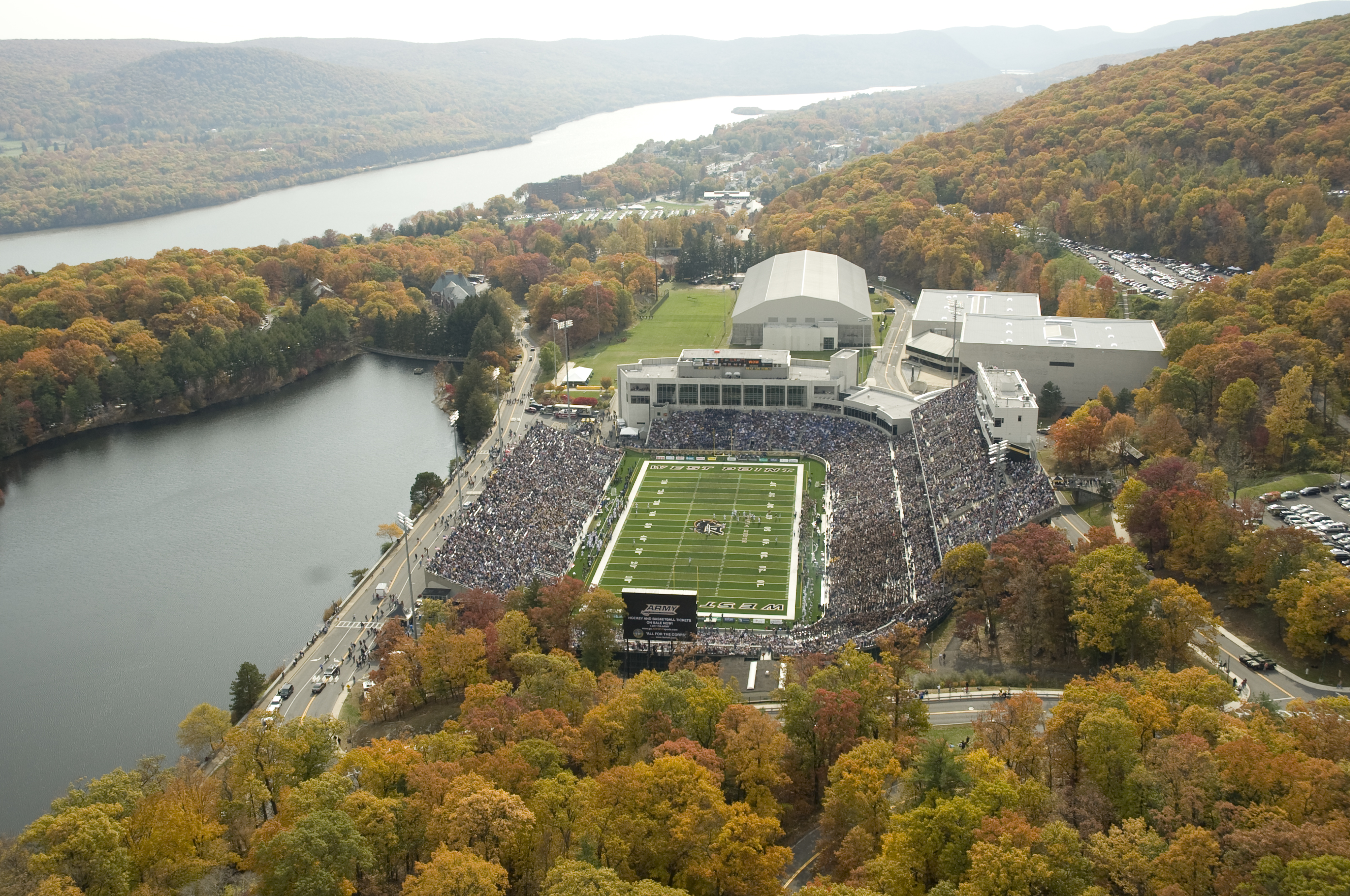
Michie Stadium at the United States Military Academy is renowned for its picturesque setting overlooking the Hudson River. It's location and design creates a unique atmosphere that reflects the values and traditions of West Point. Michie Stadium is a symbol of honor, discipline, and the enduring spirit of the Army.
17. The Palace on the Prairie: Gaylord Family Oklahoma Memorial Stadium
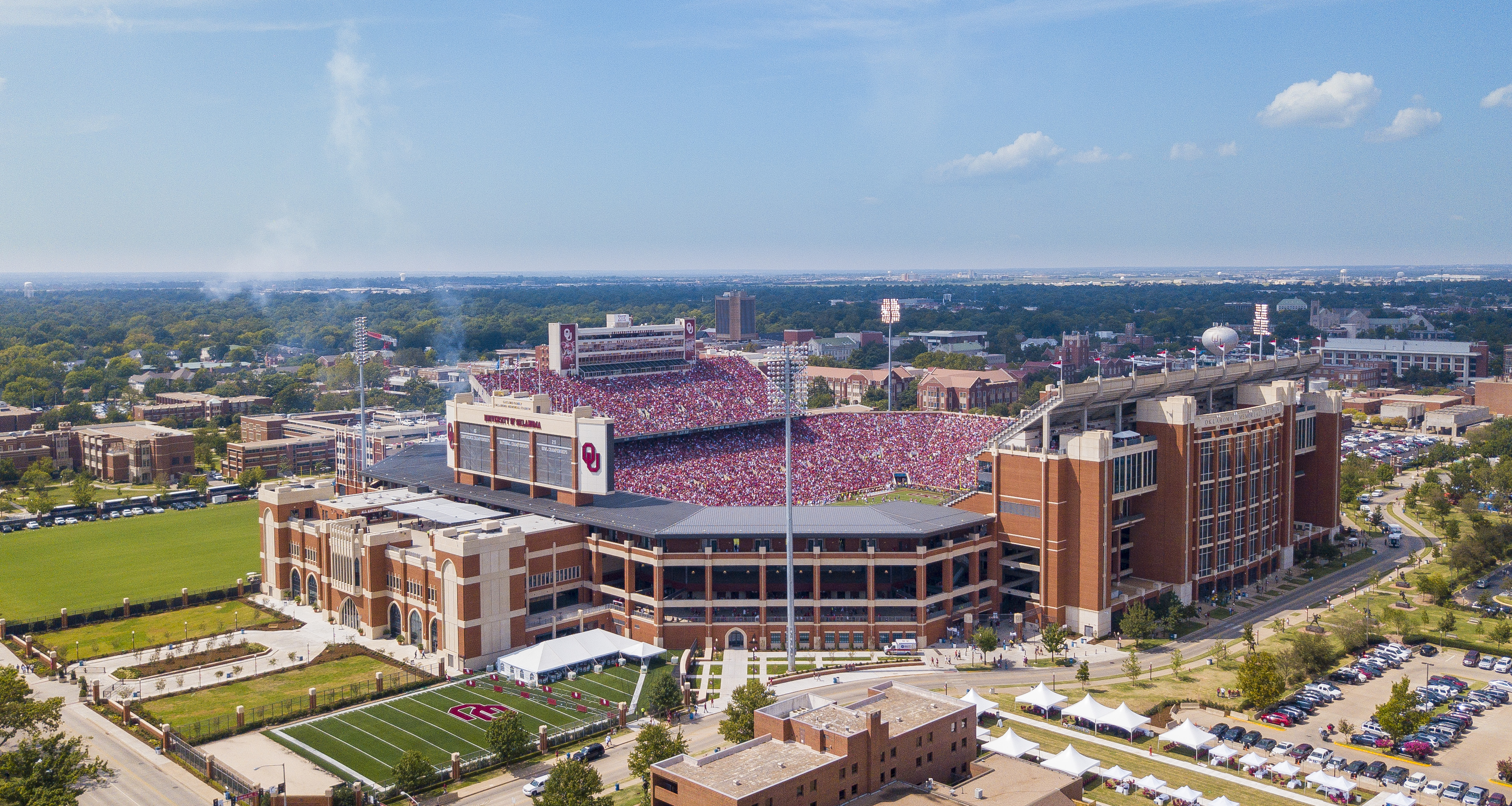
Gaylord Family Oklahoma Memorial Stadium is a testament to the grandeur of college football. It has many architectural marvels, including its impressive façade and modern amenities. The stadium's blend of tradition and innovation makes it a premier venue in the world of college sports.
18. The Jungle of the North: TCF Bank Stadium's Bold Design
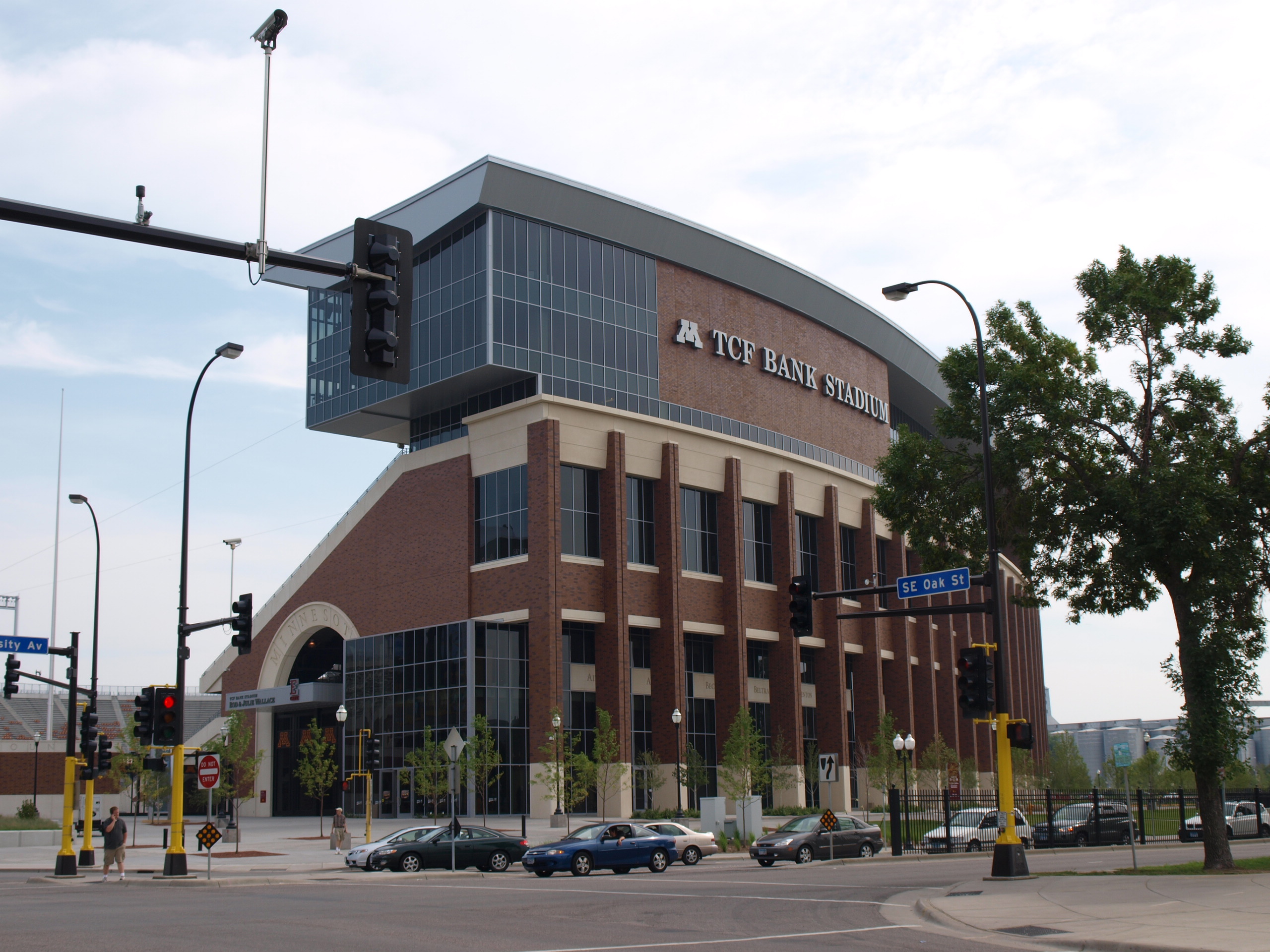
TCF Bank Stadium at the University of Minnesota is a bold addition to the college sports landscape. The stadium has many unique design elements, such as its open-air structure and environmentally friendly features. TCF Bank Stadium exemplifies how modern stadiums can embrace sustainability while offering an exceptional fan experience.
The Enduring Legacy of College Stadiums

As we conclude our journey through these 18 wonders of the sporting world, it becomes evident that college stadiums are more than just venues for athletic competition. They are living embodiments of tradition, innovation, and community. Each stadium tells a unique story, reflecting the values and spirit of its institution. These architectural marvels inspire athletes and fans alike, creating unforgettable experiences that resonate long after the final whistle. As college sports continue to evolve, these stadiums will remain at the heart of the action, defying convention and inspiring future generations.



